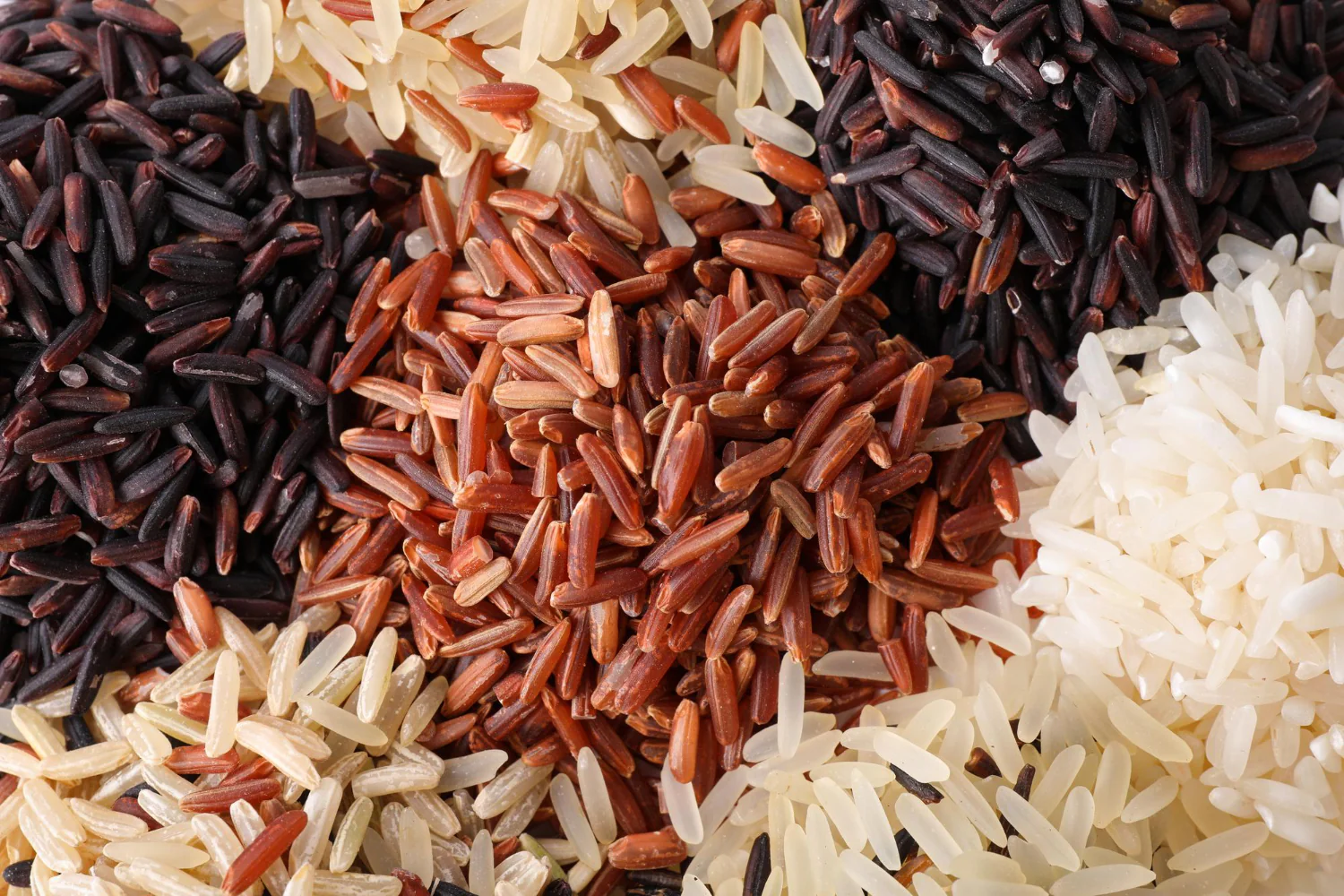Health
Premium Brown Basmati Rice: Healthy and Nutritious Choice

Premium brown basmati rice is gaining popularity among health-conscious individuals and culinary enthusiasts alike, offering a healthier and more flavorful alternative to white rice. Known for its nutty aroma and slightly chewy texture, brown basmati rice is an excellent addition to a balanced diet. Its rich nutritional profile, including high fiber content, essential minerals, and antioxidants, makes it a standout option for those looking to improve their overall well-being. This article explores the benefits, cooking methods, and versatility of brown basmati rice, highlighting why it is becoming a preferred choice for many.
The Nutritional Benefits of Brown Basmati Rice
Brown basmati rice is packed with nutrients that are essential for maintaining good health. Unlike white rice, which is refined and stripped of its bran and germ, brown basmati rice retains its outer layers, making it richer in fiber, vitamins, and minerals. These nutrients offer a wide range of health benefits:
- High in Fiber: Brown basmati rice contains more fiber than its white counterpart, which helps in digestion and promotes gut health. Fiber also plays a crucial role in regulating blood sugar levels and lowering cholesterol. It keeps you feeling fuller for longer, making it an ideal choice for those managing their weight.
- Rich in Antioxidants: The bran layer of brown basmati rice is rich in antioxidants, such as lignans and phenolic compounds, which protect the body from oxidative stress. These antioxidants help reduce inflammation and lower the risk of chronic diseases like heart disease and diabetes.
- Essential Minerals: Brown basmati rice is a good source of important minerals like magnesium, phosphorus, and potassium. These minerals are vital for bone health, muscle function, and maintaining a healthy heart. Additionally, magnesium helps regulate blood pressure and supports the function of the nervous system.
- Low Glycemic Index: Brown basmati rice has a lower glycemic index compared to white rice, meaning it causes a slower and more controlled increase in blood sugar levels. This makes it a great option for people with diabetes or those looking to maintain stable energy levels throughout the day.
How Brown Basmati Rice Benefits Health
Incorporating brown basmati rice into your diet offers a variety of health benefits that support long-term well-being:
- Supports Weight Management: Due to its high fiber content, brown basmati rice can help control appetite and prevent overeating. The fiber slows down digestion, allowing for a steady release of energy and keeping you satisfied for longer periods. This can be particularly beneficial for those aiming to lose or maintain weight.
- Promotes Heart Health: Brown basmati rice is rich in nutrients like magnesium and fiber, which contribute to cardiovascular health. Consuming this rice regularly can help lower bad cholesterol (LDL) and improve heart function. The antioxidants in brown basmati rice also reduce inflammation, which is a key factor in heart disease prevention.
- Improves Digestive Health: The fiber in brown basmati rice acts as a natural aid for digestion. It helps prevent constipation and supports the growth of beneficial gut bacteria. A healthy gut microbiome is essential for overall health and can boost the immune system.
- Regulates Blood Sugar Levels: Due to its low glycemic index, brown basmati rice is a healthier option for people with diabetes. It helps regulate blood sugar levels and can reduce the risk of developing insulin resistance or type 2 diabetes. Its slower digestion process ensures a gradual release of sugar into the bloodstream.
Cooking Brown Basmati Rice
Cooking brown basmati rice requires a bit more time and care than white rice, but the results are well worth the effort. Here’s how you can cook it to perfection:
- Rinse the Rice: Start by rinsing the rice under cold water to remove any surface starch and prevent the rice from becoming too sticky during cooking.
- Soak the Rice: Soaking brown basmati rice for 30 minutes to an hour before cooking helps reduce the cooking time and improves the texture. While soaking is optional, it’s recommended for the best results.
- Cook the Rice: Add the soaked rice to a pot with water in a 1:2 ratio. For every cup of rice, add two cups of water. Bring the water to a boil, then reduce the heat to low, cover the pot, and let the rice simmer for about 40-45 minutes, or until all the water is absorbed and the rice is tender.
- Fluff the Rice: Once cooked, fluff the rice with a fork to separate the grains and release any remaining steam. This step helps achieve the perfect fluffy texture.
Uses of Brown Basmati Rice in Cooking
Brown basmati rice is incredibly versatile and can be used in a wide variety of dishes. Its nutty flavor and firm texture make it an excellent accompaniment to curries, stews, and stir-fries. Some popular uses include:
- Curries and Gravies: Brown basmati rice pairs wonderfully with rich, flavorful curries, absorbing the spices and enhancing the overall taste.
- Rice Pilaf: Brown basmati rice is ideal for making pilafs, where it can be combined with vegetables, nuts, and herbs to create a satisfying side dish or main course.
- Salads: It’s also great in rice salads, where its firm texture adds a nice contrast to fresh vegetables and dressing.
- Stuffed Vegetables: Use brown basmati rice as a filling for stuffed vegetables like bell peppers, zucchini, or eggplants, creating a nutritious and hearty meal.
Conclusion
Brown basmati rice is a nutritious, delicious, and versatile grain that provides numerous health benefits. Its high fiber content, rich mineral profile, and low glycemic index make it an excellent choice for individuals looking to maintain a healthy lifestyle. By incorporating brown basmati rice into your meals, you can enjoy its distinct flavor while reaping the many advantages it offers. Whether used in curries, pilafs, or salads, brown basmati rice is a wholesome and satisfying option for any meal.
